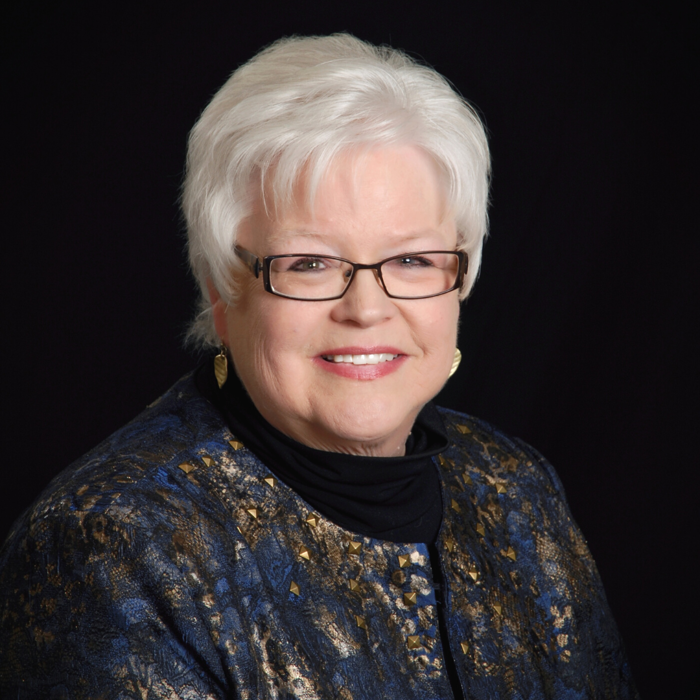Prosody in conversation
Thursday 19th September 2024, 5:00 PM - 7:00 PM (London Time)
In this course, we will take an introductory look at what prosody is and consider its functions in natural conversation. For example, in the following exchange, Mat tells his girlfriend Beth that at his university, students sleep in the library:
- Mat: PEOple SLEEP in there. (--) (--) Like for DAYS on END.
- They keep SLEEPing bags and just SLEEP under TABles.
- Beth: ↑↑SE::↓riously.
- Mat: ↑↓YEAH?
At line 1, Mat pauses twice (marked as (--)) after delivering his news, but Beth does not respond. He keeps emphasising news-worthy words, such as ‘SLEEP’ and ‘DAYS on END’. When he reaches another new piece of information, namely that people ‘sleep under tables’, Beth finally reacts. Not only does she use the word ‘seriously’, which strongly challenges Mat – more strongly than, say, ‘really?’. She also uses very emphatic prosody. Her pitch rises very high and then drops steeply. She also lengthens the first syllable ‘SE::’. This leads Mat, who so far has been speaking with default pitch and intonation, to respond with an equally extreme prosody: his pitch first rises, then falls, and then rises again.
The term ‘prosody’ describes the musical aspects of speech: pitch, loudness, time, and voice quality. Pitch includes intonation (the constantly changing melody of speech, such as when asking a question with rising intonation) and pitch register (the momentary lowering or lifting of the baseline, such as when shifting into a higher pitch for exchanging hellos or goodbyes). Loudness manifests on single syllables as stress (such as contrast vs. contrast), but speakers also change their overall loudness, for example, when interrupting another speaker. Time includes speech tempo (for example, speaking faster to avoid being interrupted), syllable length (for example, lengthening a word to give it extra emphasis), speech rhythm (for example, using the same rhythm as another speaker to show agreement), and silence (for example, delaying an answer when disagreeing). Voice quality can be, for example, creaky (‘vocal fry’), harsh, breathy, or whispered. Each has a different function in conversation.
We will examine each of these with video recordings of everyday talk and show how they contribute to small but very meaningful changes to how we communicate.
🏷️ Price £30 (UK VAT inclusive)
🎥 Recording automatically sent to all who book (even if you cannot attend live)
▶️ Rewatch as many times as you like
📜 Certificate of attendance available
Beatrice Szczepek Reed
Beatrice Szczepek Reed is Professor of Linguistics at King’s College London, where she is the Co-Director of the Centre for Language, Discourse and Communication. Beatrice studies spoken language, particularly the phonetics and phonology of natural conversation.

Attend this course for as little as £22 as part of the Voice Professional Training CPD Award Scheme.
Learn MoreSorry, this is an archived short course...
We have plenty of upcoming short courses coming soon. See details of some of them below or look at the full list of short courses.

Monday 12th January 2026
12:00 PM - 1:30 PM
Tuesday 13th January 2026
12:00 PM - 1:30 PM
Wednesday 14th January 2026
12:00 PM - 1:30 PM
Thursday 15th January 2026
12:00 PM - 1:30 PM
Tuesday 20th January 2026
12:00 PM - 1:30 PM
Wednesday 21st January 2026
12:00 PM - 1:30 PM
(London Time)
Level One Certificate in Accents and Phonetics

Louisa Morgan
Are you a voice, acting, or singing coach looking to expand your expertise and add accents and phonetics to your teaching repertoire? This 6-session course covers essential topics such as articulatory, acoustic, and auditory phonetics, the International Phonetic Alphabet (IPA), and ethical approaches to accent and dialect coaching. By the end of this course, you'll be equipped with the knowledge and practical skills to start to bring phonetics and accent coaching into your coaching and provide more comprehensive support to your clients.


Monday 12th January 2026
2:00 PM - 4:00 PM
(London Time)
Emerging and Developing Voice: Singing and Speech

Karen Brunssen
How does the singing voice influence the speaking voice? How does the speaking voice influence the singing voice? When is there a disparate relationship between the two? Can they help each other? Can one harm the other? How can we use them positively in the voice studio. During this short course we will consider the voice as we sing and as we speak. The acquisition of language is a very interesting journey from birth through old age. We will broach the topics of “lexical” which refers to learning words, and “semantic” which is how we use words in the context of language.


Monday 12th January 2026
5:00 PM - 7:00 PM
(London Time)
Perfectionism: A Theoretical & Clinical Overview

Dr David Juncos
What exactly is meant when we label ourselves or someone we know a perfectionist? It is a good to be this way? Or are you setting yourself up for failure? Can a performance psychologist or a other performance-related practitioner help you if you’re a perfectionist? In this short course, you will learn how perfectionism is defined according to popular models in clinical psychology, and whether it is maladaptive or adaptive. You will also learn how perfectionism impacts on music performance anxiety, in addition to other areas of importance for performing musicians, like work-related stress and burnout, and procrastination with one’s practice.
